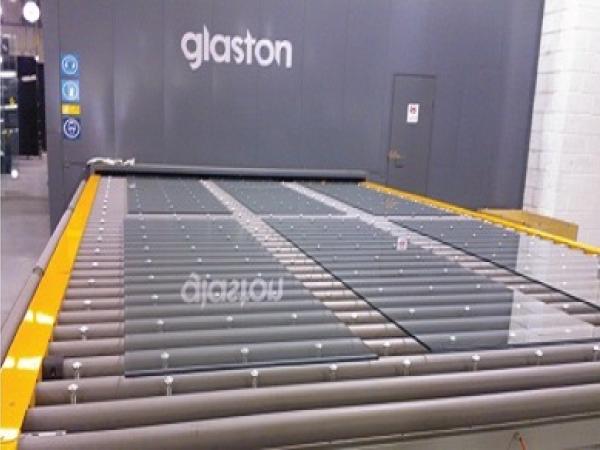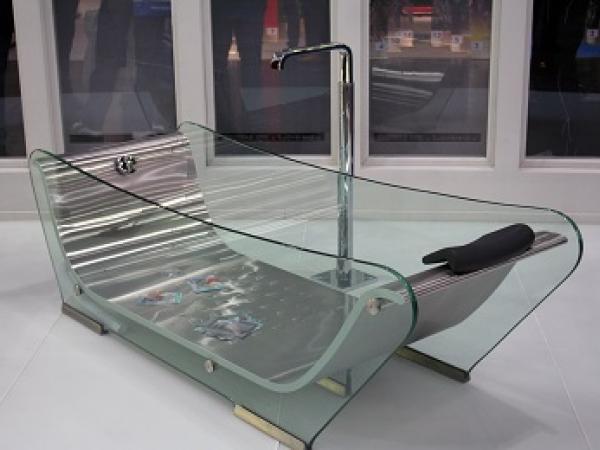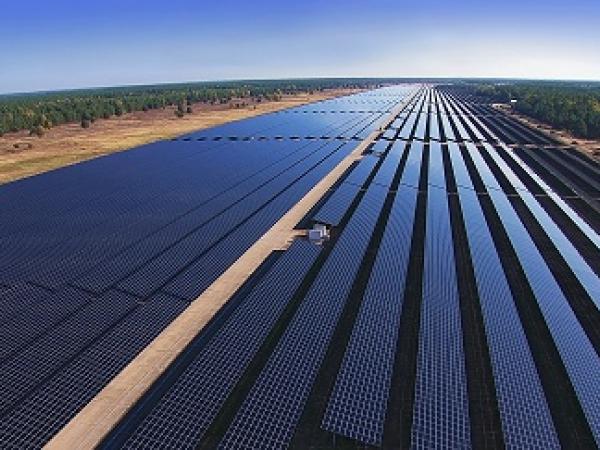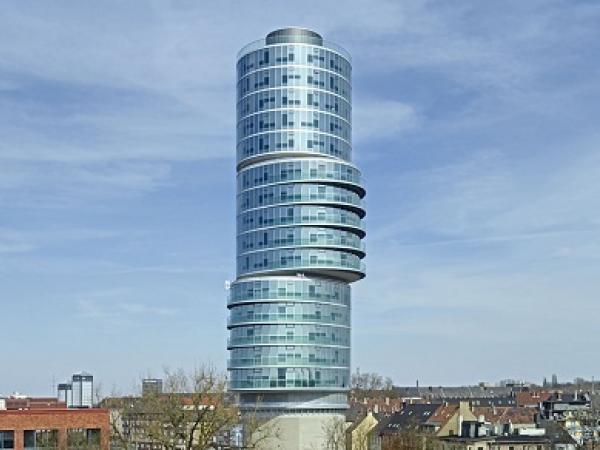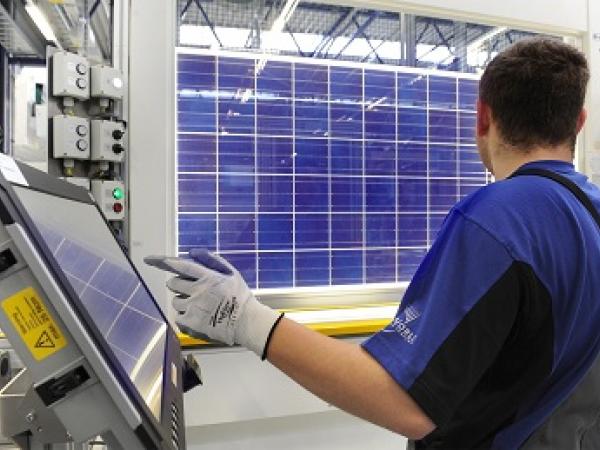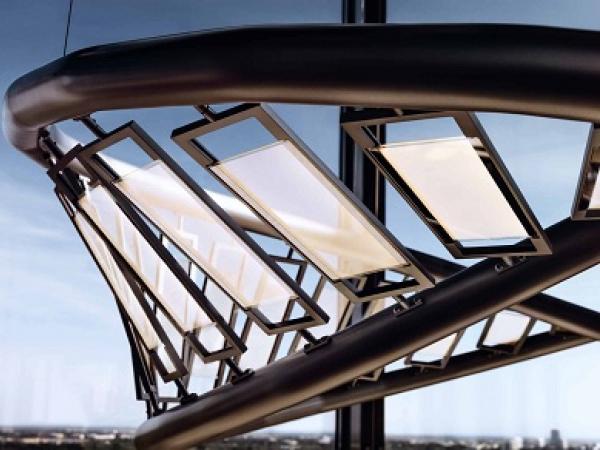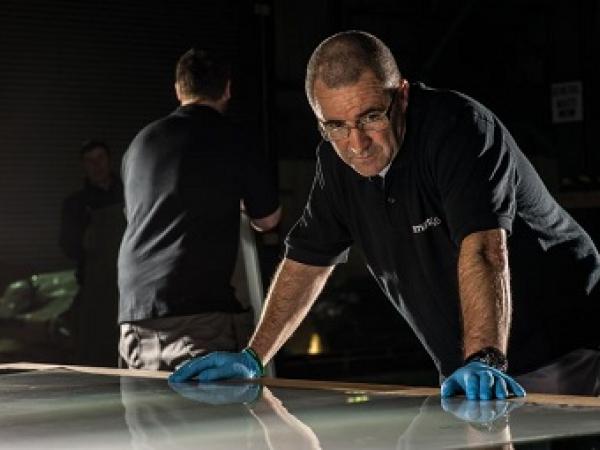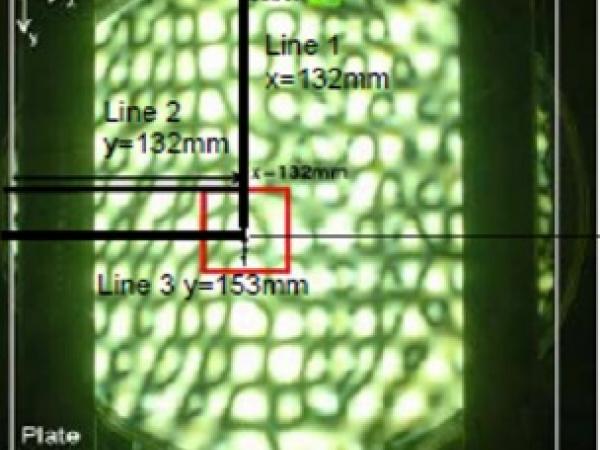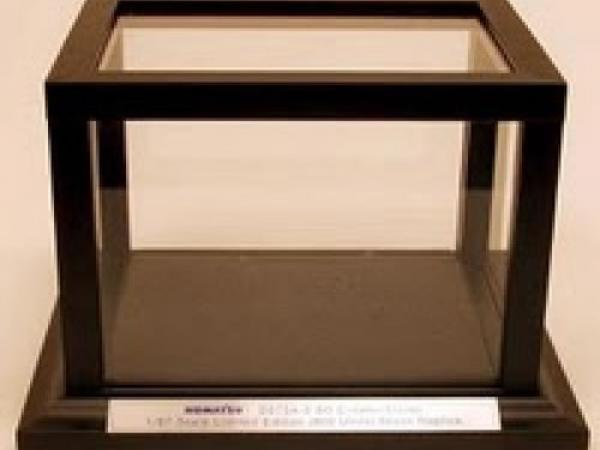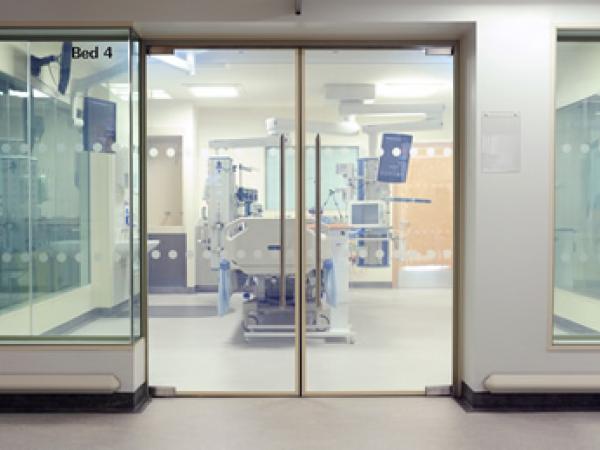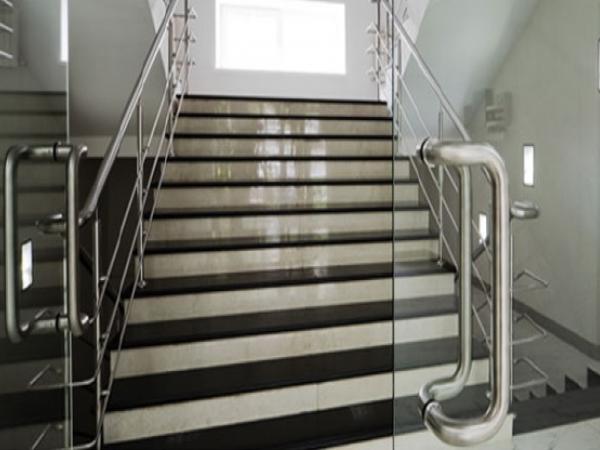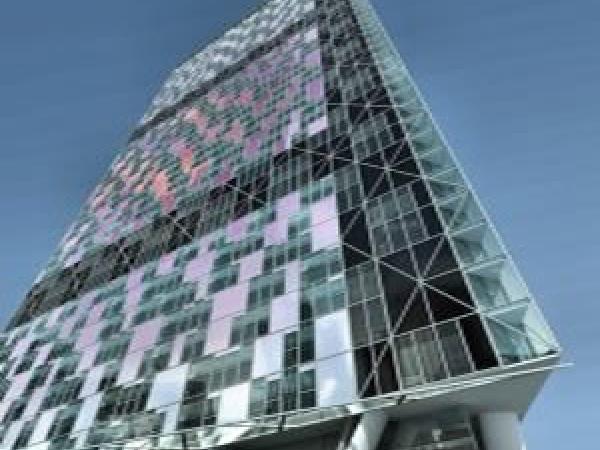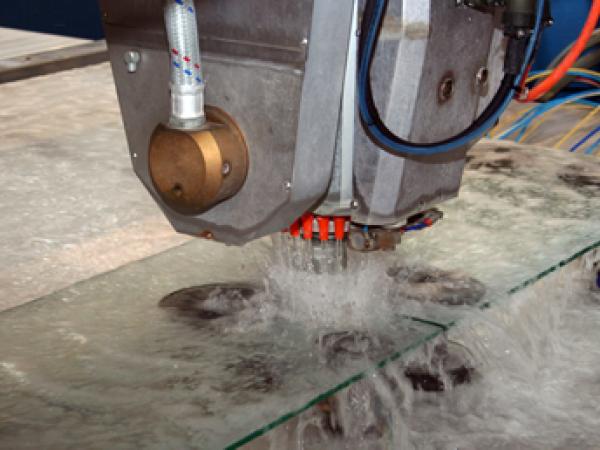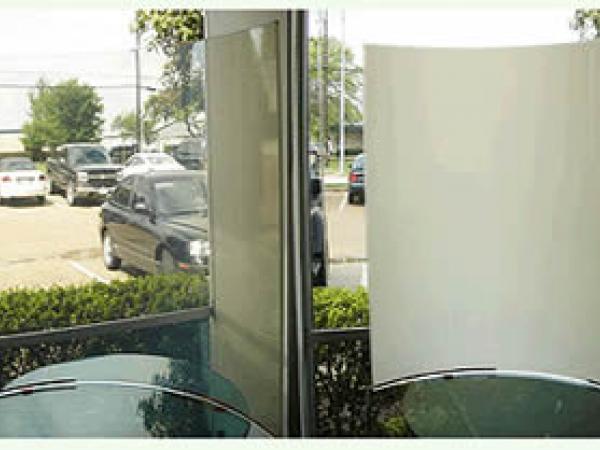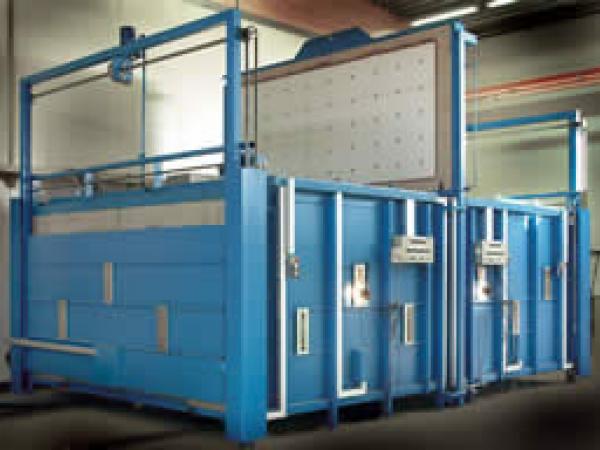Others also read
| Sanshiba Shozai of Japan chose to be the first glass processor in the world to invest in Glaston’s latest GlastonInsight™,the intelligent online assistance system, at the same time as it ordered the Glaston RC350™ tempering furnace.
| Over half the world’s seven billion inhabitants live in cities, by the year 2050 the number will grow to almost ten billion. In order to avoid a climatic collapse in the metropolises, there is no other alternative to energy-efficient buildings.
| In just two and a half decades glass has very quickly made the transformation from simple window glass to an almost universally applicable material.
| Cities are eating up an increasing amount of heat and electricity. In order to reduce this consumption, buildings have to become increasingly efficient and integrate more renewable energies.
| The crisis of the photovoltaic industry is drawing to a close. While it is true demand for solar modules is dropping in Europe, demand in many other regions is rising rapidly.
| Finding ways to improve energy efficiency is one of the greatest challenges facing contemporary architecture.
| Although the costs for solar power have come down considerably lately, photovoltaics are still unable to compete with conventional energy sources.
| Thanks to on-going research and development efforts glass products can take on ever new functions.
| Prepare the fireworks and parade, we have an announcement to make regarding the reliability and quality of our Privacy and Solar switchable glass products!
| Modern digital printing technologies using ceramic inks are providing new interesting opportunities for longlasting decorations and optical effects on glass.
| The paper shows that the residual stress at the surface of tempered glass panels may vary both locally and globally, i.e., stresses near the edges and corners of the panels may be considerably different from the stresses in the middle part of the panels.
| This article attempts to model the optimum light transmittance that a museum display case must offer in order to correctly display works of art but at the same time minimising the deterioration resulting from incident light.
| At this year's GPD in Finland LiSEC was represented by two lecturers.
| “NOT just one of the best in the country – but possibly the world” is how Dave McNicholas, Unit Manager, describes the new state of the art ICCU at Sunderland Royal Hospital which opened April 11th.
| Electronically switchable glazing for the healthcare sector
| In the design of interior spaces, glass is taking on an increasingly prevalent role. Offering numerous new products, innovative refining techniques and stepped-up information activities, the glass industry has successfully opened the door to this major market segment.
| The efficiency of photovoltaic modules is far from being exhausted. Companies are fighting on many fronts to gain percentage points.
| Chromatics is a modern, lightweight, shatterproof safety glass with a number of unique features that are changing conventional thinking throughout the worldwide cladding and glazing markets.
| Innovative glass products, new finishing techniques and the on-going extension of applications provide glass-processing craftsmen with promising development perspectives.
| New technologies for glass finishing and processing make for high production efficiency and create the prerequisites for forward-looking products.
| In both the construction of new buildings and the refurbishment of existing ones there is an increasing trend towards construction materials with the highest possible energy efficiency.
| Instant privacy at the flick of a switch. This is what a switchable privacy glass offers.
| The article written by Mr. László Vákár and presented at the GPD 2009.Air pollution is high on the political agenda worldwide. Emissions have to be reduced.
| The progress obtained so far, and the future trends for the two most successful thin film solar cells, namely CulnGaSe2/CdS and CdTe/CdS, are described in this article.
| The oscillating horizontal tempering furnace developed in the 1970s has been one of the most significant innovations of recent decades, above all commercially.

